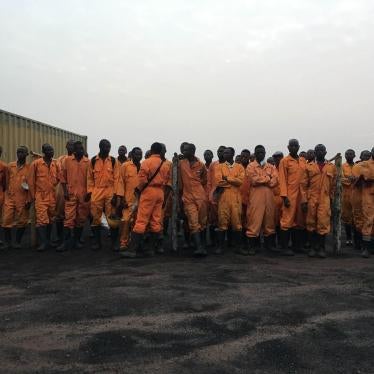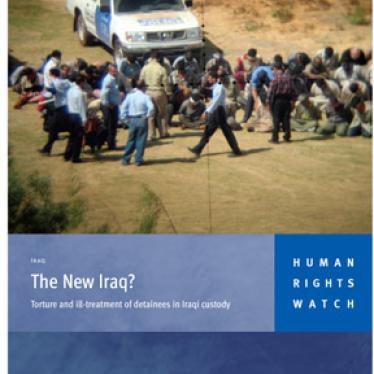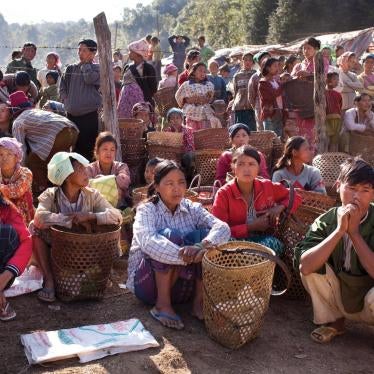In the coming months, the people of Santa Monica face a crucial decision that could re-define their community. On December 31, 2028, nearly 200 acres of land now used for the airport will come under city control. Residents need to decide how to use it.
In 2014, voters approved Measure LC, soundly rejecting continuing aviation at the site in favor of using all the land for a park, unless voters later approve a different use. Now, some Santa Monica residents propose a different choice: develop 3,000 units of below market and affordable housing on some of the land and make the rest a park.
Devoting all the land to recreation has its appeal, adding to Santa Monica’s 3.5 miles of beaches, easy access to the Santa Monica Mountains wilderness, existing parks and well-resourced schools. However, there is more to consider.
Santa Monica faces a devastating housing crisis. Hundreds of unhoused people sleep on sidewalks and in parks. Children can no longer dream of affording to live in the city where they were raised. Teachers and nurses, construction workers, city employees, cooks and servers commute hours each day to work in a place where housing costs too much for them to live.
The crisis is regional. The City of Los Angeles is short 500,000 affordable units, and leads the nation in overcrowding and cost burden, defined as people paying over 30 percent of their income for housing. Los Angeles County has an estimated 75,000 people living on the streets or in shelters, with hundreds of thousands more one missed paycheck or unexpected medical bill away from joining them. Over six unhoused people die a day on average.
Santa Monica housing costs are staggering: the median property value is $1.65 million; the median monthly rent for a two-bedroom apartment is $3,200. A family earning below the area median income of $106,000 rarely can find an affordable home. More than one in five renters spend over 50 percent of their income for housing.
These high costs mean that teachers, earning on average $85,000 a year, struggle to afford living near their students; restaurant servers, housekeepers and retail workers, earning on average in the low $30,000 range, must drive great distances to work. Of the approximately 90,000 people working in Santa Monica, over 90 percent, mostly low-wage earners, commute.
In addition to segregating by economic class, the affordable housing shortage segregates by race. Only 5 percent of Santa Monica residents are Black; 17 percent, Latino. High housing costs contribute to this racial divide, as have historical choices by city government and residents, like destroying the primarily Black Belmar community to build the civic center complex, running the 10 Freeway through existing Black and Latino neighborhoods, along with traditional practices of redlining, racial discrimination and restrictive covenants.
California state law requires housing development, including affordable housing. The state-mandated study called the Regional Housing Needs Assessment, using a formula that accounts for current and projected need, overcrowding, cost burden, imbalances between jobs and housing, and other factors, has determined that Santa Monica must produce 8,895 new units to meet its 2021-2029 needs. Of those, 6,168 must be below market and affordable to moderate, low- and very low-income people. Failure to comply, besides the obvious result of exacerbating the housing crisis, can result in penalties, including loss of local control over development.
Developing the required housing, especially affordable to lower income households, allows communities access to more state funding. More important, it helps people living on the streets to find homes, allows lower income seniors to remain in the community, supports racial integration of the city, and begins addressing the housing crisis.
Among the greatest barriers to meeting these housing needs is the cost of land. Using city-owned land, like the airport property, reduces costs and makes affordable housing development more easily achievable.
The Cloverfield Commons, a proposal created by a collective of Santa Monica and Mar Vista residents and workers, envisions a mixed income development, roughly evenly divided between low, moderate, and middle income households. All would be below market rate and permanently affordable. Some units would be set aside with preference for descendants of Black and Latino residents displaced by past discriminatory land use decisions. Much of the housing would be for lower wage-earning workers. The rest of the land would become one of the area’s largest parks.
Housing is a human right. The Cloverfield Commons proposal offers a unique opportunity to make badly needed progress toward realizing it, while still having a large park. In deciding how to use the airport land, city residents should consider the desperate need for affordable housing and the great public good that housing will be.








